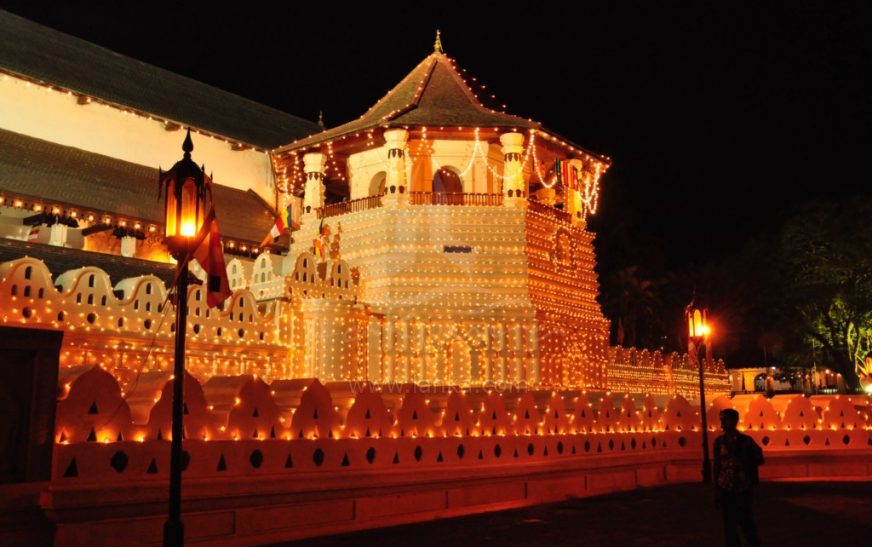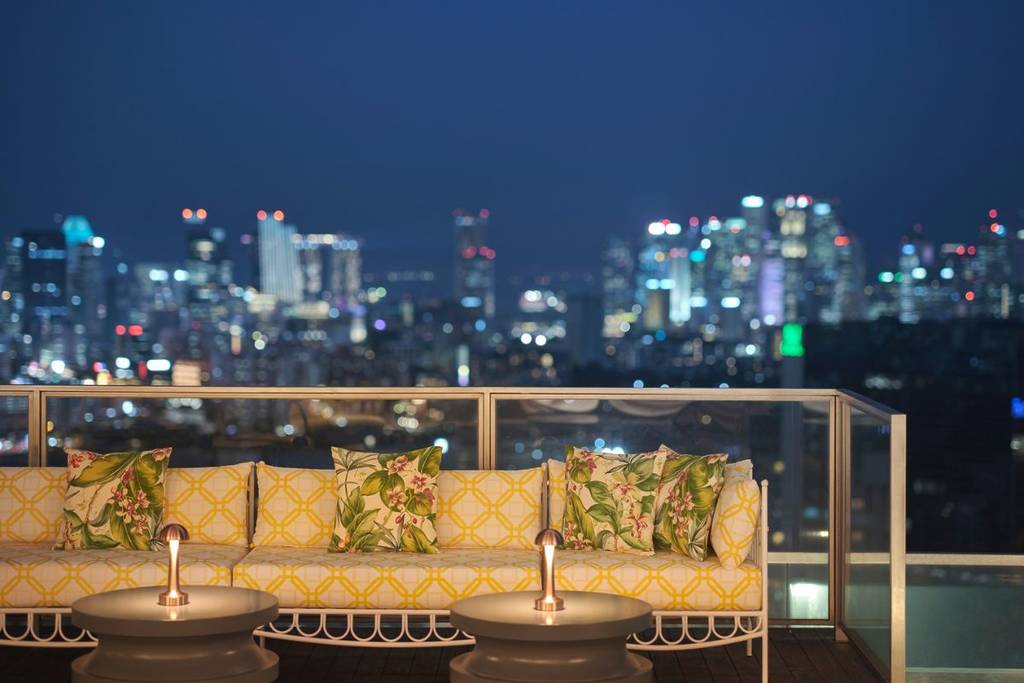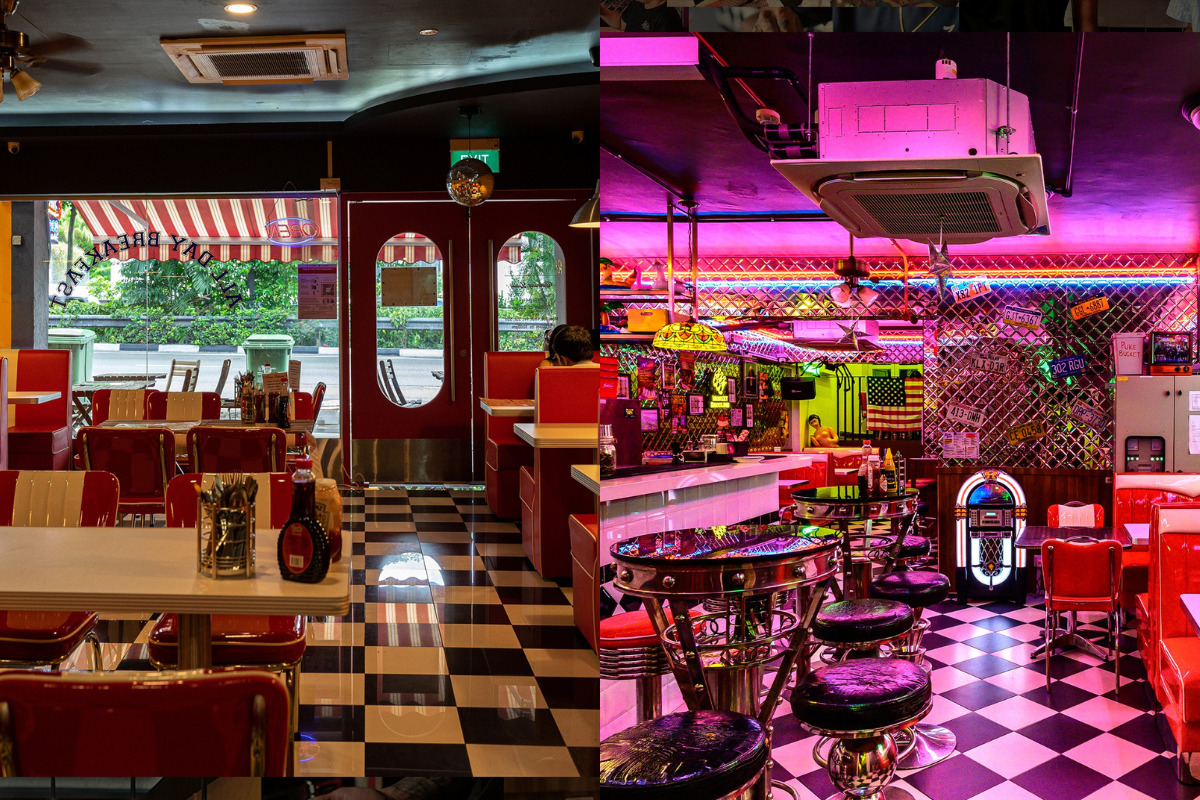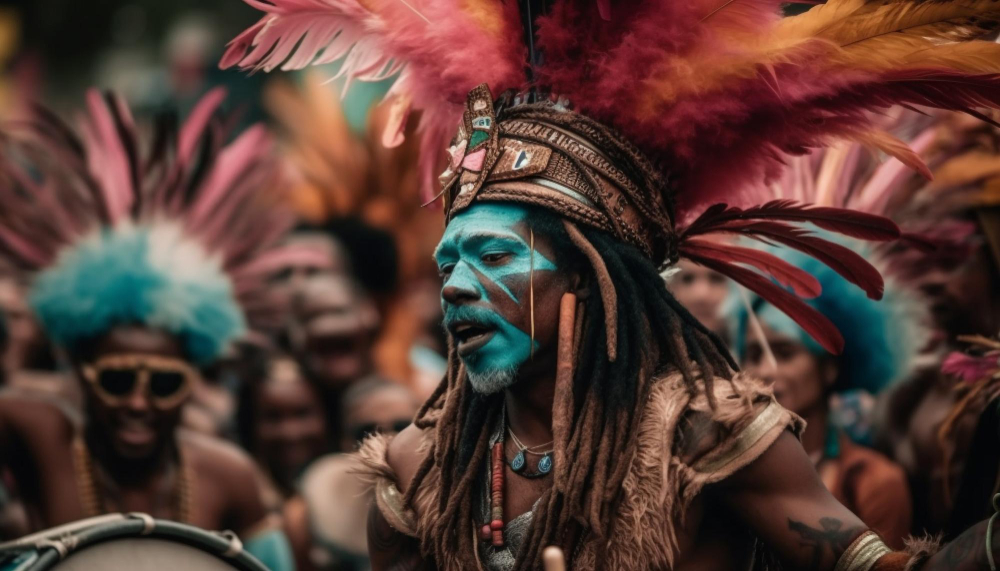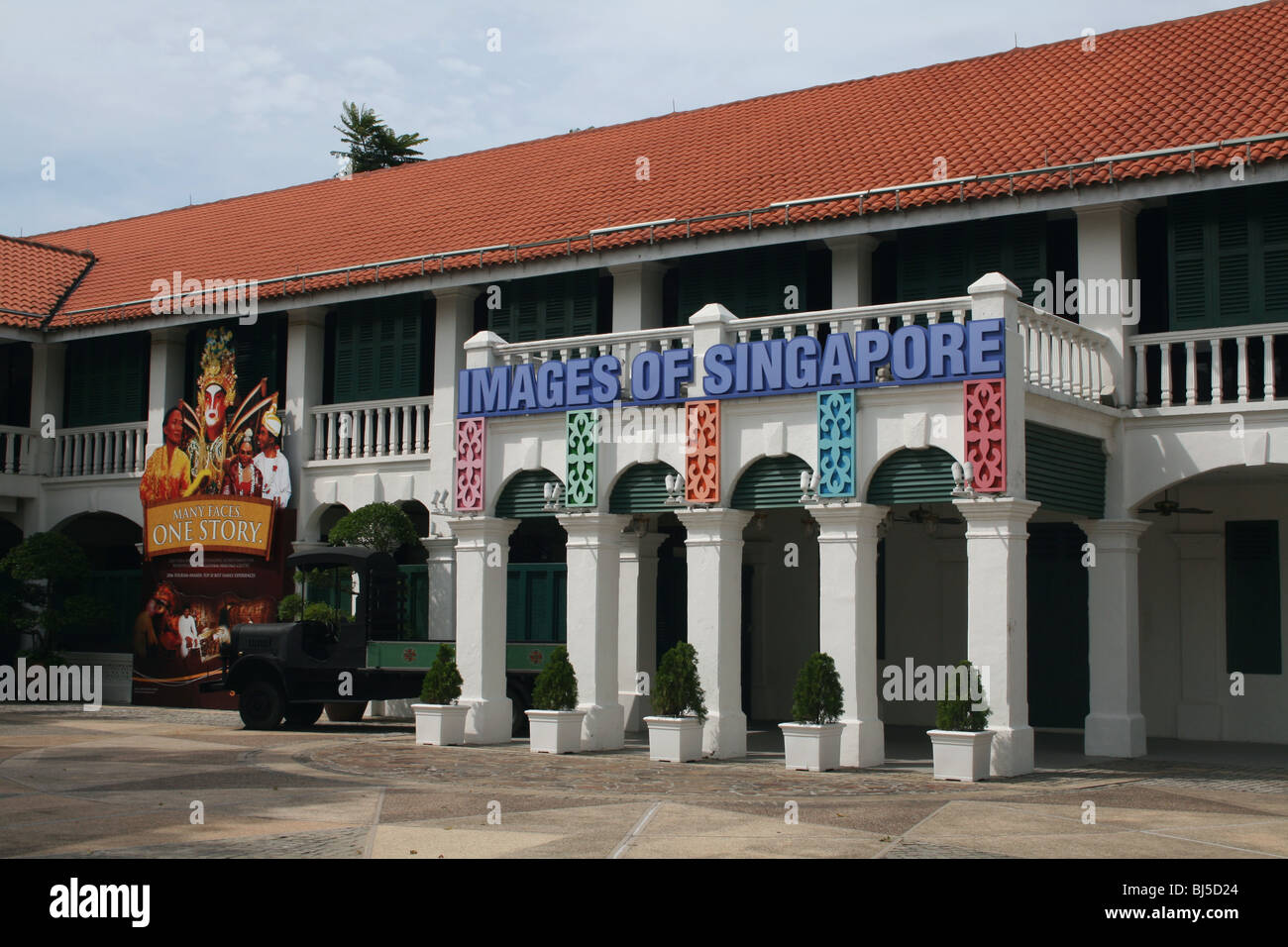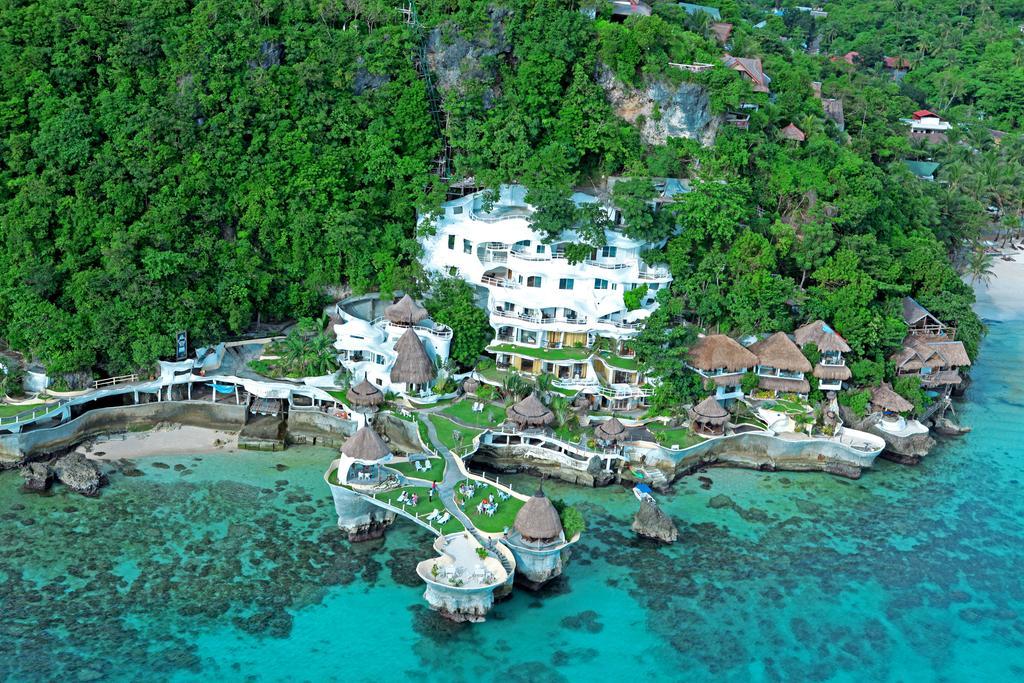Dalada Maligawa Kandy: Nestled in the heart of Kandy, Sri Lanka, Dalada Maligawa, commonly known as the Temple of the Tooth, is one of the most revered and significant religious sites in the country. This sacred temple houses a relic believed to be a tooth of the Buddha, and it has been a central site for Buddhist worship for centuries. In this article, we will explore ten must-know facts about the Temple of the Tooth, offering a comprehensive guide to this iconic landmark.
Dalada Maligawa Kandy: The Sacred Relic: A Brief History
The Temple of the Tooth is famed for housing a tooth relic of Gautama Buddha, one of Buddhism’s most sacred artifacts. According to legend, the relic was smuggled into Sri Lanka in the 4th century CE by Princess Hemamala and Prince Dantha, who were fleeing from India. The relic was initially enshrined in the ancient city of Anuradhapura before being moved to Kandy in the 16th century, where it remains to this day.
Dalada Maligawa Kandy: Architectural Splendor: The Temple Complex
The architectural design of Dalada Maligawa is a harmonious blend of traditional Sri Lankan and colonial influences. The temple complex is characterized by its intricate wood carvings, vibrant frescoes, and serene surroundings. The main shrine, or the “Vahalkada,” is adorned with golden doors and an elaborate canopy. Visitors can also admire the ornate “Pallemaluwa” (lower temple) and the “Uda Maluwa” (upper temple), each contributing to the temple’s overall grandeur.
The Rituals and Ceremonies
The Temple of the Tooth is a hub of religious activity, hosting numerous rituals and ceremonies throughout the year. One of the most significant events is the Esala Perahera, an annual festival held in July or August. This grand procession, which features traditional dance, music, and decorated elephants, celebrates the sacred relic and attracts thousands of pilgrims and tourists from around the world. The temple also holds daily and weekly ceremonies, including offerings of flowers, incense, and light.
The Role in Sri Lankan Politics
Historically, the relic has played a crucial role in Sri Lankan politics. It was believed that holding the relic conferred legitimacy and authority to the ruling monarch. As a result, the relic became a powerful symbol of governance and was often used to consolidate political power. This historical significance is still acknowledged today, as political leaders and dignitaries often pay their respects at the temple.
The Museum: A Treasure Trove of Artifacts
Adjacent to the main temple is the Dalada Maligawa Museum, which houses a fascinating collection of artifacts related to the temple and its history. The museum’s exhibits include ancient manuscripts, royal regalia, and religious relics. Visitors can gain deeper insights into the temple’s rich history and the cultural heritage of Sri Lanka through these exhibits.
The Role of Monks: Custodians of the Relic
The temple is maintained and managed by a group of monks, known as the “Mahasanga.” These monks are responsible for the daily rituals, ceremonies, and the overall upkeep of the temple. They play a crucial role in preserving the sacred traditions associated with the relic and ensuring that the temple remains a place of spiritual significance.
The Influence on Buddhist Art and Culture
The Temple of the Tooth has had a profound impact on Buddhist art and culture in Sri Lanka and beyond. The temple’s architecture, frescoes, and sculptures have inspired countless works of art and have become an integral part of the cultural heritage of the region. The influence of the temple is also evident in local festivals, music, and dance forms.
Conservation Efforts: Preserving the Sacred Site
Preserving the Temple of the Tooth and its surrounding environment is of utmost importance. Various conservation efforts are undertaken to maintain the structural integrity of the temple and to protect the sacred relic. These efforts include regular restorations, environmental management, and community engagement initiatives aimed at preserving the temple’s historical and cultural significance.
Dalada Maligawa Kandy: Visiting Tips: What You Need to Know
If you plan to visit Dalada Maligawa, there are several tips to keep in mind. Visitors are expected to dress modestly, covering their shoulders and knees, as a sign of respect. Photography is generally restricted within the inner sanctum where the relic is housed. It is also advisable to visit early in the morning or late afternoon to avoid the crowds and to experience the temple’s serene atmosphere.
Nearby Attractions: Exploring Kandy
While visiting the Temple of the Tooth, take the opportunity to explore other attractions in Kandy. The city is home to the Royal Botanical Gardens, which boasts a stunning collection of plants and trees, and the Kandy Lake, a picturesque spot for relaxation and leisure. Additionally, the Kandy View Point offers breathtaking panoramic views of the city and the surrounding landscape.
Conclusion
Dalada Maligawa Kandy: Dalada Maligawa, or the Temple of the Tooth, is a remarkable symbol of Sri Lanka’s cultural and religious heritage. From its sacred relic and architectural beauty to its historical significance and vibrant rituals, the temple offers a deep and enriching experience for visitors. Whether you are a devout Buddhist, a history enthusiast, or simply a curious traveler, exploring this iconic temple is sure to leave a lasting impression.
FAQs
1. What is the significance of the tooth relic at Dalada Maligawa?
The tooth relic is believed to be a sacred relic of Gautama Buddha, making the temple a significant pilgrimage site for Buddhists. It symbolizes the Buddha’s presence and teachings.
2. When is the Esala Perahera festival held at Dalada Maligawa?
The Esala Perahera festival is held annually in July or August. It is a grand celebration featuring traditional processions, music, and dance.
3. Are there any dress code requirements for visiting the temple?
Yes, visitors are required to dress modestly. Both men and women should cover their shoulders and knees as a sign of respect.
4. Can visitors take photographs inside the temple?
Photography is generally restricted within the inner sanctum where the relic is housed. It is advisable to check with temple authorities for specific guidelines.
5. What other attractions can I visit in Kandy?
In addition to Dalada Maligawa, visitors can explore the Royal Botanical Gardens, Kandy Lake, and the Kandy View Point. These attractions offer a glimpse into Kandy’s natural beauty and cultural heritage.
Also read: Vietnam 2 Week Itinerary: 14 Days of Essential Experiences

